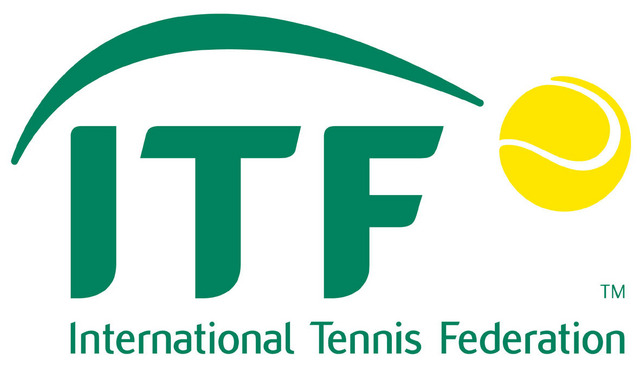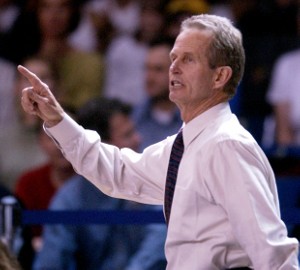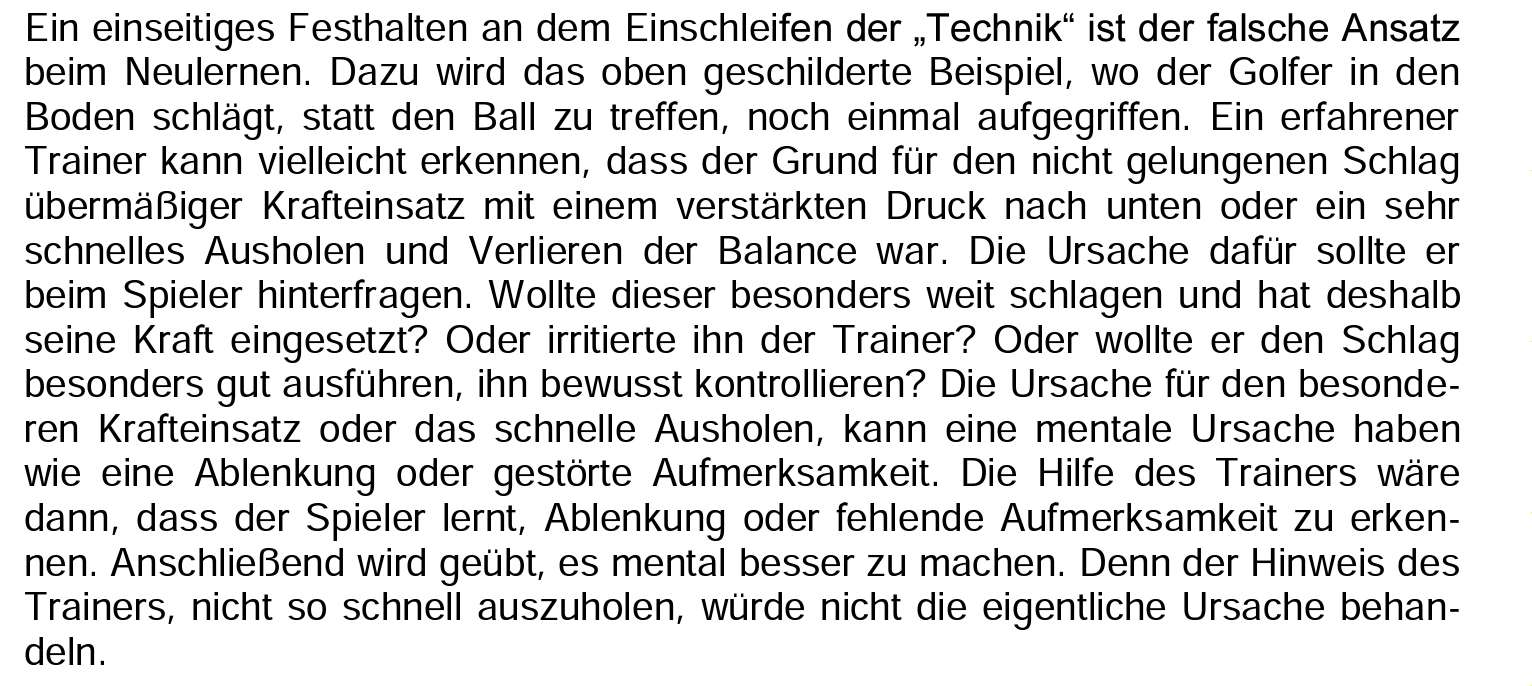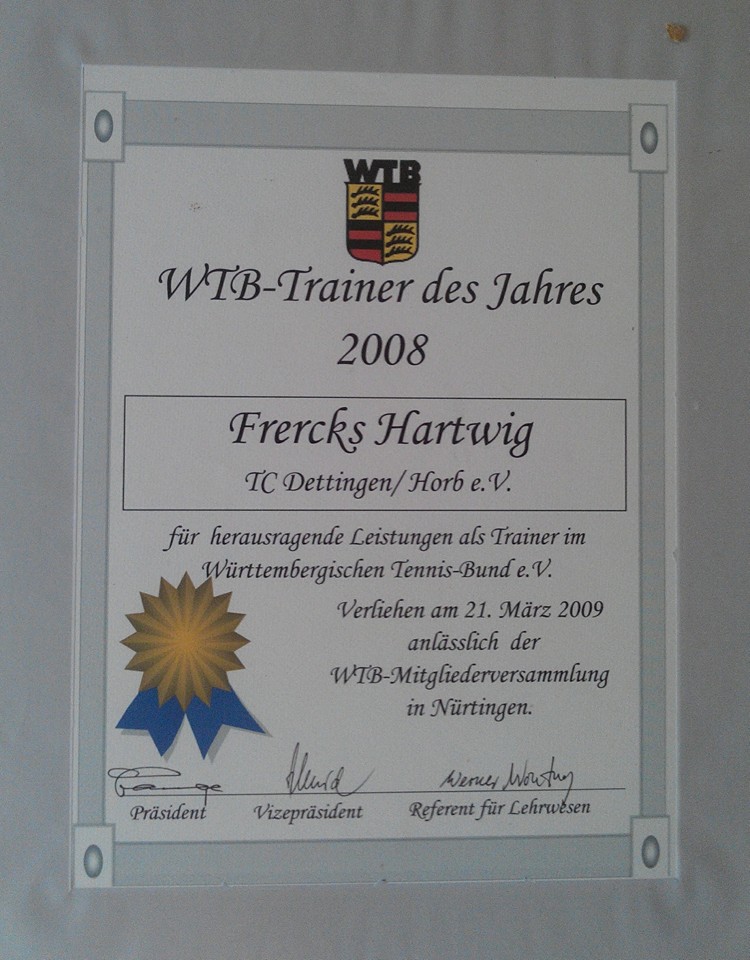In Stresssituationen im Wettkampf passiert es vielen Spieler*innen, dass sie so ins Grübeln kommen, dass sie nicht mehr wissen, wie sie den Schläger halten sollen. Das darauf folgende Nachdenken über „den richtigen Griff“, die „richtige Technik“ führt zur „Paralyse durch Analyse“ oder zum „Choking under pressure“. Stresssimulation/Performing under pressure weiterlesen
Don’t think part 1
„Keep your eye at the place aimed at, and your hand will fetch (the target); think of your hand and you will likely miss your aim.“
(James 1890, zitiert nach Armin Kibele: Implizites Lernen, Spectrum 2001/2)
Implicit learning in tennis practice
 This is an article from the ITF Coaching and Sport Science Review from 2013 by Buszard/Reid/Farrow/Masters. You find a lot of informations about implicit motor learning in tennis and how to use it in tennis coaching.
This is an article from the ITF Coaching and Sport Science Review from 2013 by Buszard/Reid/Farrow/Masters. You find a lot of informations about implicit motor learning in tennis and how to use it in tennis coaching.
Overworking pushes creativity
 Wenn es beim Bewegungslernen und im Training gelingt, den präfrontalen Cortex und damit das Nachdenken über eine Bewegung zu dämpfen, dann erhöht das die Kreativität bei der Problemlösung und damit der Entwicklung einer adäquaten Schlagtechnik.
Wenn es beim Bewegungslernen und im Training gelingt, den präfrontalen Cortex und damit das Nachdenken über eine Bewegung zu dämpfen, dann erhöht das die Kreativität bei der Problemlösung und damit der Entwicklung einer adäquaten Schlagtechnik.
Im Differentiellen Lernen begegnen wir diesem Phänomen ebenfalls, wenn wir vom „Flutschen“ oder vom „Flow“ reden. Dieser Zustand tritt vor allem im Zustand der Ermüdung während einer Trainingsform ein. Beschrieben habe ich das in einem Beitrag zur Defokussierungs- oder „low-arousal-theorie“.
In einem spannenden Beitrag in Scientific American Overworking pushes creativity weiterlesen
Lernen und Lehren im Dialog
Grandpa
 Talking about differencial learning (DL) I have no problems to use this in a trainings with players over ten years. Some drills out of DL you can see on our youtube channel.
Talking about differencial learning (DL) I have no problems to use this in a trainings with players over ten years. Some drills out of DL you can see on our youtube channel.
Today the kids (group with kids from 7 to 9 years) gave me an idea to use the DL in tennis10s. One of my favourite metaphers or analogies in coaching kids is the „tiger“-metapher: standing like a tiger and waiting to catch the „loot“, what means to attack, to hit the ball and shout out loud like a tiger, what gives them an imagination of the tennis basic position.
Today, some of the kids were a bit tired and stood on the court like some old men, using their racket like a walking stick. That inspired me to tell them, to stand like „an old man/woman“, using the racket like a „walking stick for elderly people“. This task made, from the first moment, a big difference to nearly everything we had done before! Apart from that it had a special motivation for the kids!
Part-to-whole-progression
There are a lot of disciplines in science that are evidence based. But not so in coaching motor skills. In the following article Bain and Mc Gown show, that there is still a methodical traditionalism that ignores evidence based research.
Bain/McGown use three questions from an article that recommends the use of part to whole progressions and they show the evidence based error:
1. Is it always better to teach skills to players of all levels strictly by repetition of the whole skill?
2. Is it appropriate for younger players or players that have not yet imprinted proper motor patterns to learn skills by performing only part of the skill?
3. Should a distinction be made for what training methods are appropriate for more advanced players as compared to players in
their early years of training?
Coach of the year
Do it hard, but game like!
Hat nur indirekt was mit INNER COACHING (TMS) zu tun, aber die Videos von trainugly und Trevor Ragan sind immer inspirierend und (lern-)motivierend!
Train Ugly Manifesto
Training the Gap Conference
How I would like to be there and listen to all those sportsmen and experts of motor learning. May be another day…
Trevor Ragan gave me the chance to ask some questions, that could be answered at the conference! This are my questions:
- „Do you think, we need „evidence based“ coaching?“
- „What could be universal principles in motor learning or should we have a different look to any kind of sport?“
- „And when, what could be „universal principles in learning tennis?“
- „In a sport with high demands in coordination, do we have to coach the technique (first) or can we trust in the self-organization abilities of the players? There seems to be an accordance in science for good players, but not for beginners.“
This one goes in the same direction:
- „Do we need to coach skills explicit or is using implicit learning more evident, like a lot of studies affirm?“

